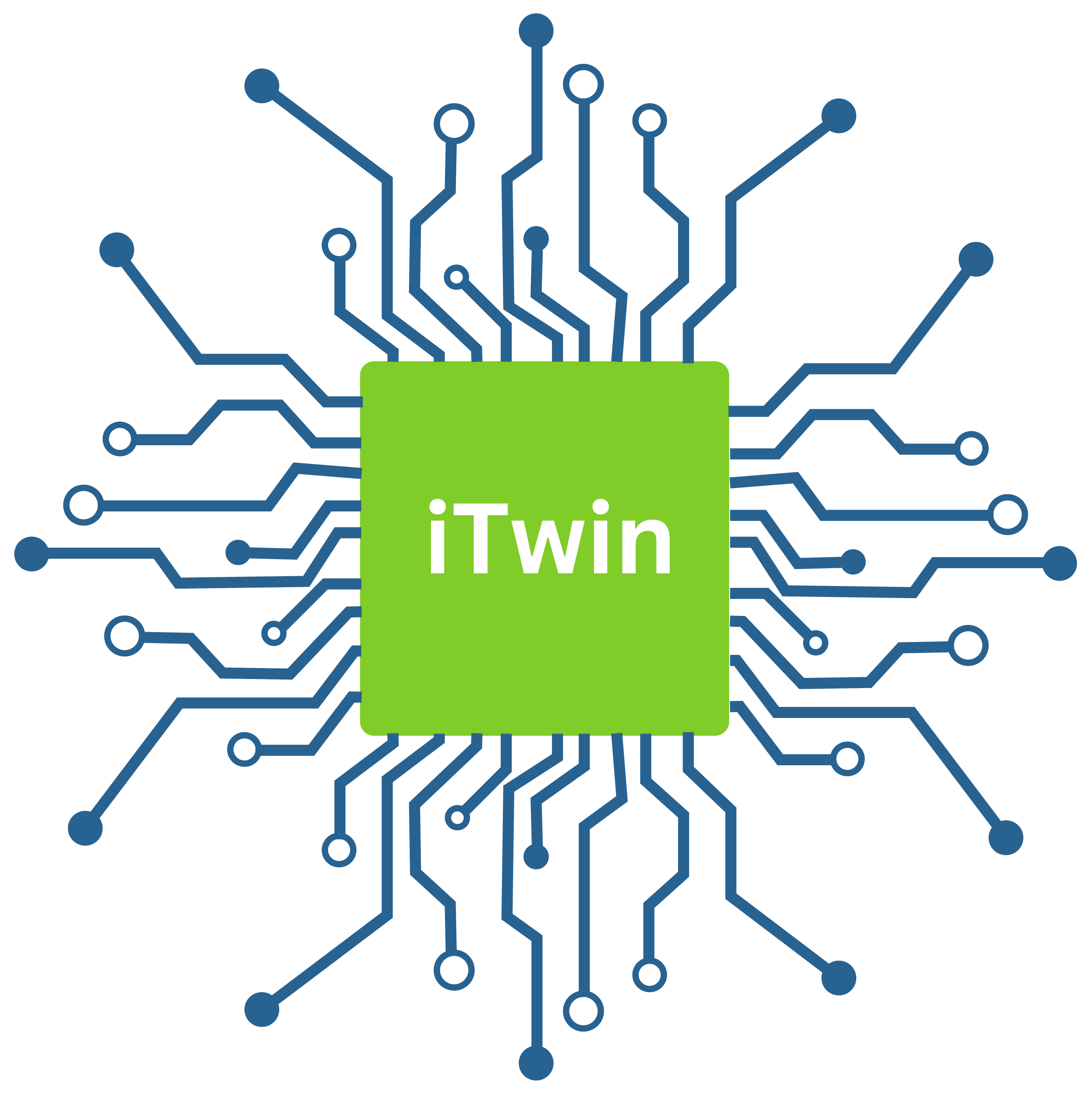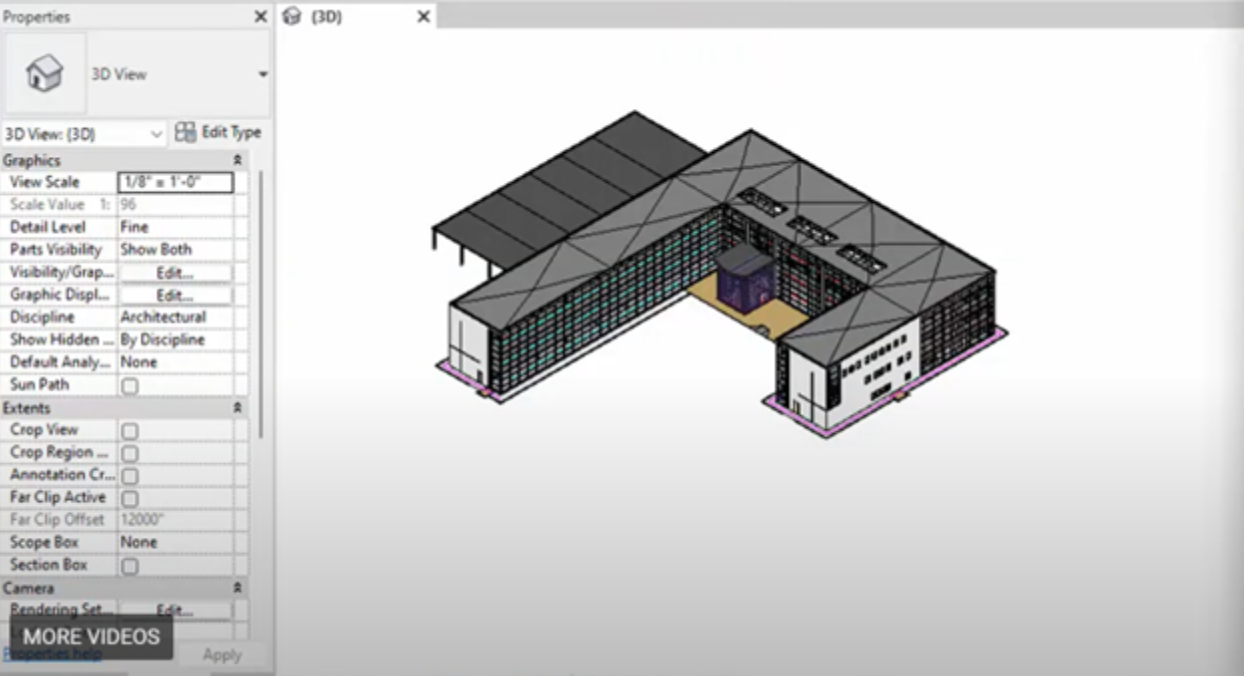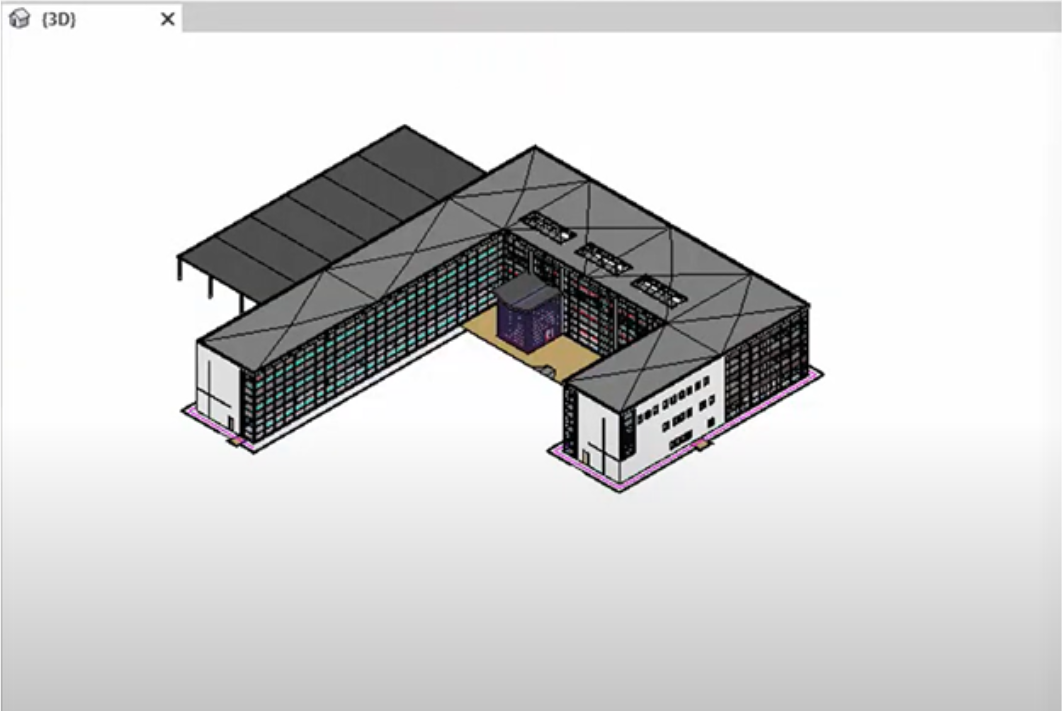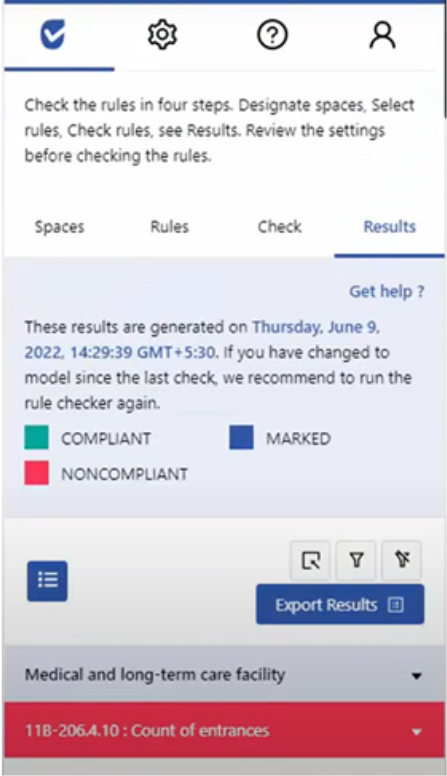Autodesk Platform Services
Latest News
CCTech / February 04, 2025
The Centre for Computational Technologies (CCTech) proudly announces the early
access launch of Buildings AI, a next-generation whole-building performance modeling
platform powered by Agentic AI. This breakthrough solution redefines building energy
modeling, offering AI-driven automation, real-time insights, and seamless interoperability
to empower architects, HVAC, and energy consultants in the global push toward net-zero energy and carbon.













